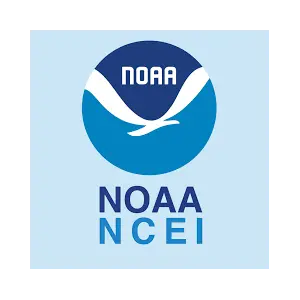Improving the effectiveness of early warning systems for drought
Status: Completed
Operational Plan: 2019 - 2020
The economic, environmental, and social impacts on communities of drought and its attendant hazards—including wildfires, floods, and landslides—are significant. While regionally-integrated drought monitoring and early warning systems can help decision-makers mitigate negative impacts, there is uncertainty among local planners, emergency managers, and others about which early warning indicators and planning tools are most appropriate to support drought management. The project aims to improve the understanding of the best locally-relevant indicators for monitoring drought in specific climate regions; to increase local capacity; and to strengthen existing partnerships across North America.

Issues
- The economic, environmental, and social impacts on communities of drought and its attendant hazards—including wildfires, floods and landslides—are significant
- While drought monitoring and early warning systems can help decision-makers mitigate negative impacts, there is uncertainty among local planners, emergency managers, and others about which early warning indicators and planning tools are most appropriate
Aim
- The CEC is improving the understanding of locally relevant indicators for monitoring drought in specific climatic regions in North America
- The CEC will strengthen existing partnerships and increase communities’ ability to use drought information for risk-management planning and decision-making
Deliverables
- Guidelines on the use of locally-relevant drought indicators and indices for North American climatic regions
- Recommendations for communities to improve their access to and use of tools for drought and multi-hazard planning
- Recommendations for improving access to and information offered by the North American Drought Monitor (NADM)
Contact
For more information about this project or to partner with us, contact:
Orlando Cabrera-Rivera
Head of Unit, Environmental Quality












